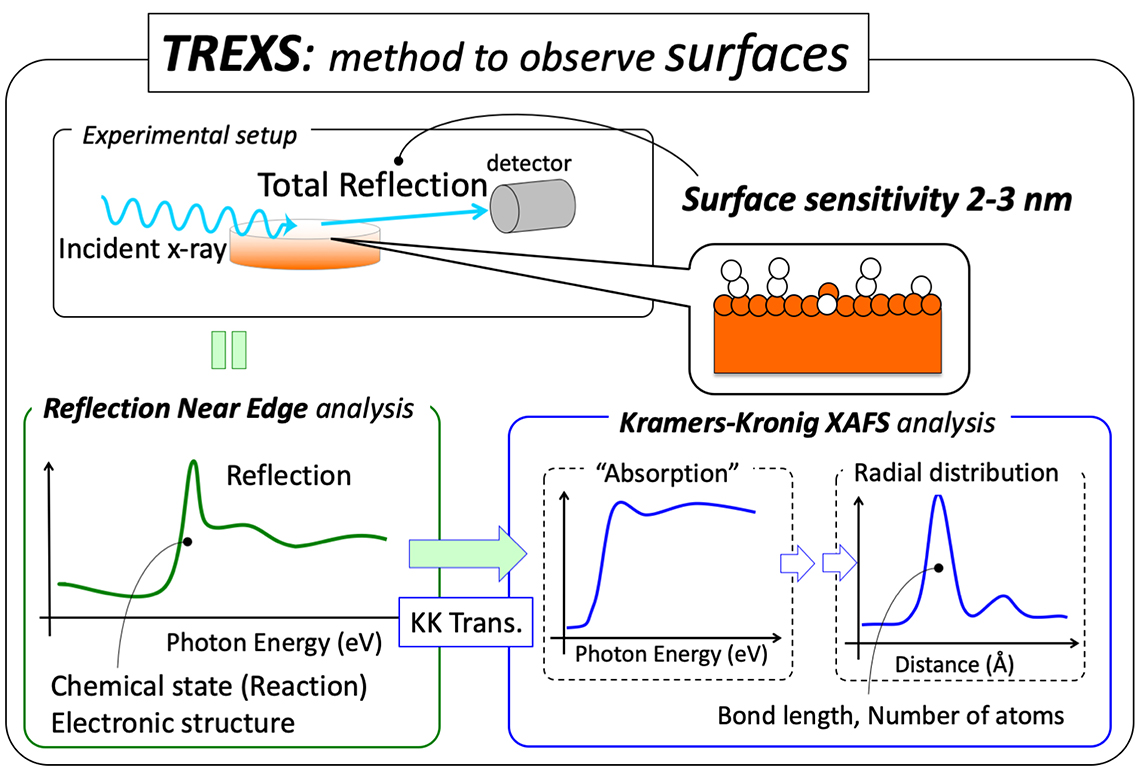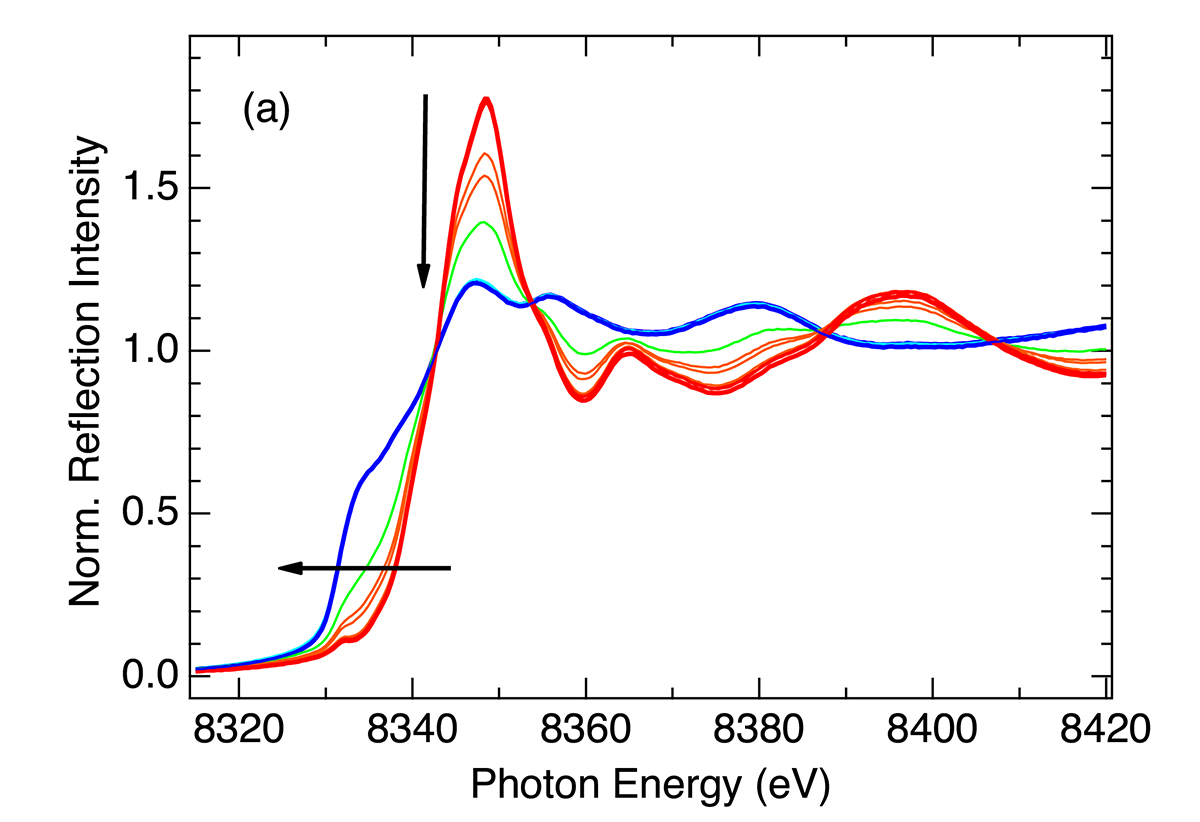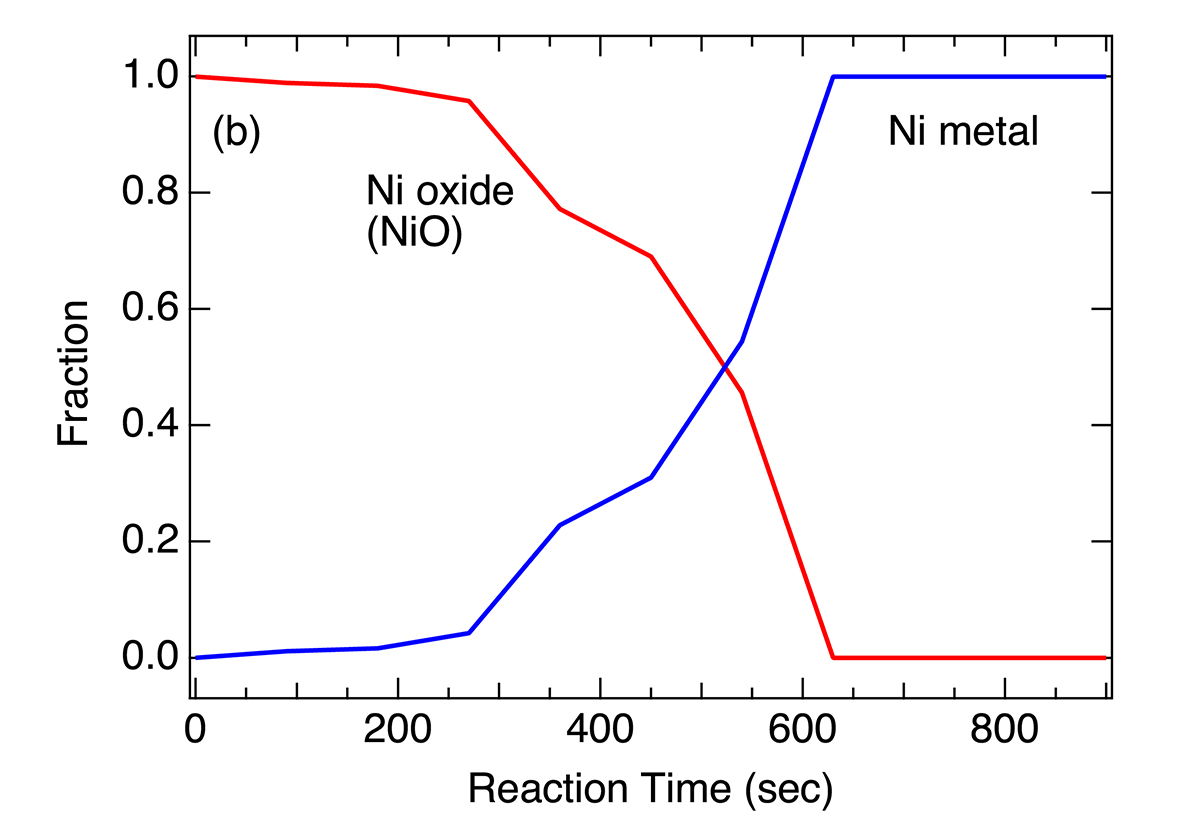Hitoshi Abe from the High Energy Accelerator Research Organisation (KEK) and SOKENDAI (the Graduate University for Advanced Studies) explains how a surface science solution will help to shape our society and increase safety and security
Infrastructure supports our modern society as bones support the body. Today’s infrastructure looks very strong, made of hard materials such as steel, and millions of people put their trust when they are using it, for example, when driving over our highways and bridges and commuting by train when they have no worries about daily life. However, the materials used to build such infrastructure will not last forever, unfortunately, and the degradation and breakdown of infrastructure is a serious social problem. Steel, for example, is subject to corrosion due to chemical reactions from the surrounding environments. Corrosion starts at the surface of the materials.
If a novel material that is durable to corrosion will be invented, the infrastructure of modern society will become stronger and last longer. To design and to develop such a material, it is requested to observe and to understand the surface corrosion reactions. However, as far as we know, there is no suitable way to track such surface reactions with appropriate sensitivity. Firstly, we should develop a surface sensitive method to observe surface reactions which must meet the following three conditions:
- Surface sensitivity suitable to track surface corrosion reactions: a few nm;
- Compatibility of in situ measurements and;
- Ability to detect chemical states and local structures in order to understand the mechanisms of reactions.

Surface can be captured by x-ray: TREXS, a new method
Traditional surface science methods usually probe a few atomic layers from topmost surfaces. They also require high vacuums and generally struggle to perform under ambient atmospheres. It is difficult for these methods to fulfil the above three conditions. Fortunately, we have a method to meet the second and third requirements. It is X-ray Absorption Fine Structure (XAFS) spectroscopy.
XAFS is widely used at synchrotron radiation facilities over the world to study local structures and chemical states. XAFS measurements can be performed under gaseous and elevated temperature conditions, and real-time chemical reactions have been observed by in situ XAFS measurements1. If the first ability can be added to in situ XAFS method, it can be a suitable and powerful method to observe surface reactions.
A question is how surface sensitivity will be realised. It is well-known that x-ray penetrates deeply into materials. We can see our bones by x-ray images at hospitals. But when a certain condition is met, even x-ray penetrates only very shallow regions. This is a phenomenon known as total reflection. When the incident angle of x-ray to a material is getting smaller and smaller, the total reflection of x-ray occurs at a surface. The angle is called a critical angle. The “touching depth” by the x-ray is only about a few nm2.

In other words, total reflection of x-ray at surfaces probes only a few nm from the topmost surface. This surface sensitivity is perfect to observe surface corrosion reactions because the typical thickness of passivation layers of steel is several nm.
We have developed a new surface sensitive XAFS method by detecting total reflection signals3. The method is named Total REflection X-ray Spectroscopy, TREXS. Reflection spectra can be transformed into “absorption spectra” via Kramers-Kronig relations. Then, the spectra, the same as EXAFS (Extended XAFS) specra can be analysed by common EXAFS analysis software.
Moreover, an easy and useful way of the total reflection near edge spectra is to process them like usual XANES (X-ray Absorption Near Edge Structure) analysis. The total reflection near edge spectra contain information on chemical states of elements at a few nm from surfaces, and in situ TREXS measurements can be performed. The TREXS method is an ideal method to fulfil the three requirements listed above and to monitor surface reactions. Figure 1 explains a schematic flow of TREXS measurements and analyses.
In situ TREXS measurements of surface reduction reaction
In situ TREXS measurements were carried out to observe a reduction reaction of Ni oxide (NiO) to Ni metal occurred at the surface of a NiO/Ni(30 nm)/Si wafer sample4. The sample was placed in a home-made in situ TREXS cell. The in situ TREXS cell has windows for the incident and reflected x-rays, gas inlet and outlet ports, and heaters. The cell was set on a swivel stage to adjust the incident angle of x-ray to the sample. The incident angle was set to be 2.5mrad, which is well below the critical angle5 so that the total reflection condition could be met. The penetration depth of the evanescent wave of the incident x-ray is as small as ~2 nm at this energy range, and the surface sensitivity is ~2 nm.
The surface of the sample was reduced by gas flowing of H2 mixed with N2 at 540 K, and in situ TREXS spectra were recorded during the surface reduction reaction. Obtained TREXS reflection spectra are shown in Fig. 2(a). In the beginning, the surface of the sample was NiO. The TREXS spectrum (red) shows characteristic spectral features of NiO, such as the strong main peak at ~8348 eV and associated pre-edge peak at ~8332 eV. As the surface reduction reaction to Ni metal proceeded, the TREXS spectra continuously changed. The main peak decreased, the edge energy shifted to lower energy by ~10 eV. Finally, the surface was totally reduced to Ni metal. The TREXS spectrum (blue) shows characteristic spectral features of Ni metal. There is a shoulder peak structure at ~8332 eV and the main peak, which is not extremely strong, at ~8347 eV. The component fractions of NiO and Ni during the reaction are shown in Fig. 2(b).
Summary and outlook
TREXS can monitor surface chemical reactions with the surface sensitivity of ~2 nm, and kinetics of surface chemical reactions can be discussed. TREXS enables us to produce movies of surface chemical reactions.
We are applying the TREXS method to monitor and to understand surface corrosion reactions. We believe our way to invent a novel material that is durable to corrosion to build strong infrastructure, will help to shape our modern society by safer and more secure means.
Acknowledgements
The TREXS measurements were conducted under the approval of PF-PAC Nos. 2013G546, 2015G551 and 2017G686. This work was supported by JSPS KAKENHI Grant Numbers JP24710102 and JP16H05992.
References
1 Y. Iwasawa, J. Catal. 216, 165-177 (2003).
2 B. L. Henke, E. M. Gullikson, and J. C. Davis, Atomic Data and
Nuclear Date Tables 54, 181-342 (1993).
3 H. Abe, Y. Niwa, H. Nitani, and M. Nomura, J. Phys.: Conf. Ser. 502, 012035(4 pages) (2014).
4 H. Abe, T. Nakayama, Y. Niwa, H. Nitani, H. Kondoh, and M.
Nomura, Jpn. J. Appl. Phys. 55, 062401(4 pages) (2016).
5 G. Parratt, Phys. Rev. 95, 359-369 (1954).
Please note: This is a commercial profile
Hitoshi Abe
Associate Professor
Institute of Materials Structure Science (IMSS), High Energy Accelerator Research Organisation (KEK)
Department of Materials Structure Science, School of High Energy Accelerator Science, SOKENDAI (the Graduate University for Advanced Studies)
Tel: +81 29 864 5683












